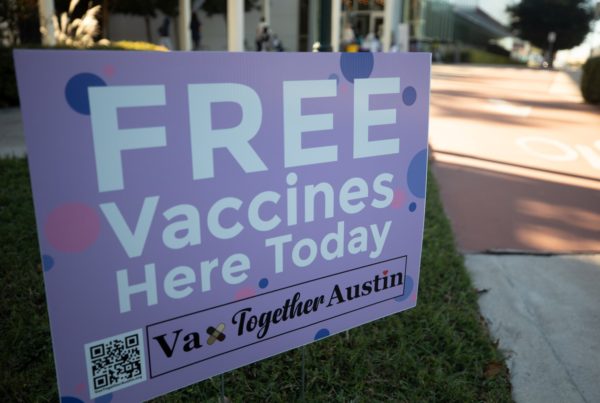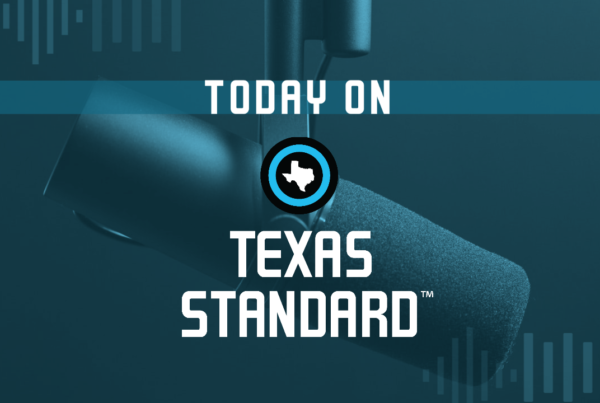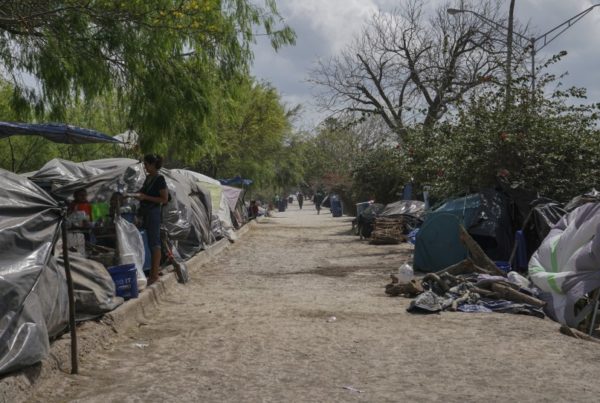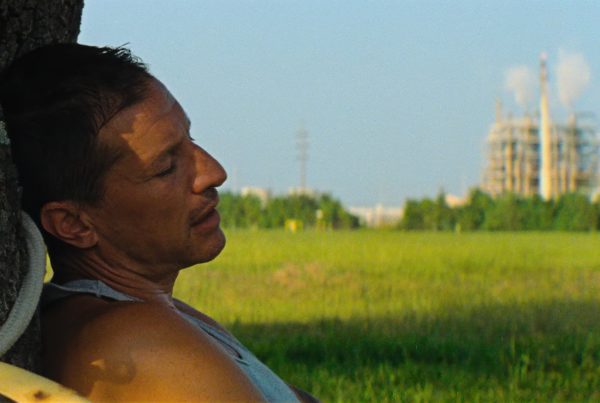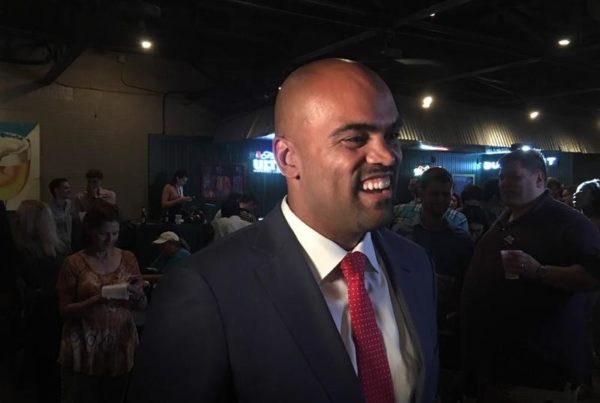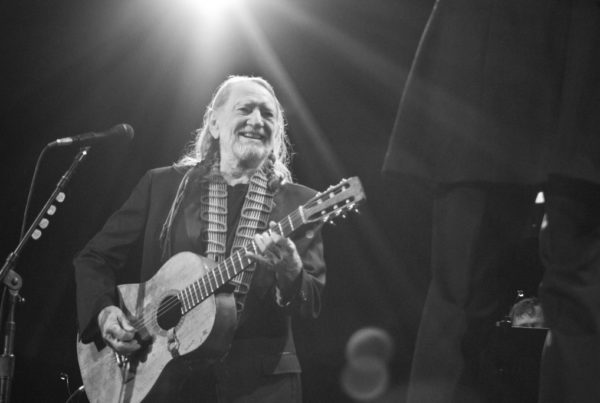It’s been more than a century since buffalo were bred and herded by Texas’ Lipan Apache. The animal was once an essential resource for that tribe, but they were slaughtered in the 19th and 20th centuries as a way to cut off that resource from Native people.
Now, a member of Texas’ Lipan Apache band, Lucille Contreras, recently became the owner of several buffalo through federal grants and donations, and many of those buffalo are pregnant. And her organization, Texas Tribal Buffalo Project, aims to bring buffalo-raising and -herding back to Indigenous tribes across the state. Listen to the interview with Contreras in the audio player above or read the transcript below to learn more.
This interview has been edited lightly for clarity.
Texas Standard: Tell us how you were able to get a buffalo herd under Lipan Apache ownership.
Lucille Contreras: I, first of all, began with prayers and offerings to my ancestors for guidance and strength. And from there, I submitted a USDA beginning farmer and rancher loan. It’s been away from Texas for a long time, but as a lot of people know, when you leave Texas, you really still longed for a home and the land in the country. And so we moved back and we were relocated back here in March of this year, and we received our first bison bull in June of this year.
I understand that there are some bison within your view this morning, is that right?
That’s right, yes. I’m very blessed to have a small herd of nine bison, one bull and eight females, and they graze on 77 acres. And sometimes they come and visit me in the morning, very close to my front porch.
So you are somewhere between Houston and San Antonio, south of Austin – is this Lipan Apache land, or is this your personal property? Where is this herd exactly?
All of the above. Lipan Apache, traditionally, their territory is actually all over the state of Texas. And our herd that we have here is comprised of buffalo that are indigenous to Texas – just like we are – from the state herd [at] Caprock Canyon. These buffalo didn’t come directly from there, but they are descended from that area. And so, yes, Waelder is centrally located, and I do live in my traditional homeland of the Lipan Apache, or Nde, as we say.
What will the the buffalo be used for? And this isn’t just for the Lipan Apache people; this is also a commodity, as I understand it, right?
Yes. Well, our mission and our goal is to reconnect with our relatives. The irony, the buffalo as part of being Buffalo Nation people, Buffalo Nation goes all the way from Canada to northern Mexico, and there are all the Indigenous tribes that lived with the buffalo. So when the buffalo were slaughtered, our way of life was absolutely decimated as well, and even more so here in Texas for a lot of different reasons.
So our buffalo is a way for us to reconnect with each other. We have a place here where Native, Indigenous people from Texas and non-natives can come here, visit, spend time with the buffalo, be able to reconnect with their mind, their body and soul. And so our nonprofit is also sustained by selling frozen bison meat. The bison meat is from a herd in North Texas, actually, that is on a much larger ranch. But that’s a way that we’re able to sustain our nonprofit.
What about the buffalo that you have there, the buffalo that you can see? Are they going to remain on the land? What are your plans for them?
Yes. So these buffalo here are, they’re here as our teachers; they’re here as our relatives. So, we don’t do ranching in a traditional, Western way. We do ranching, we do caretaking, rather, of these bison. So we’re developing a relationship. We will harvest some of them. But because our herd is small, and hopefully we will have – I believe, all the females are pregnant, so next spring it’s going to be pretty busy around here. But our harvests will not be commercial; they will be more spiritual and cultural, to feed our people and the other Indigenous folks throughout Texas.
You’ve hinted at this when you’ve talked about the spiritual connection between your people and the buffalo. And I’m wondering if you could say a little more about the importance for Indigenous tribes in Texas and across the country to be able to breed and raise buffalo herds again?
Absolutely. There is a prophecy among Native Americans that the returning of the buffalo will also be the returning of our strength as Native people throughout Turtle Island. Turtle Island is how we as Native folks call our, this continent that we live on. And so the buffalo returning really does signify the strengthening of the nations again. And so we’re healing. We’re all healing through through the generations, each generation, as I was taught by my parents, and they were taught by their parents – each generation, we’re trying to regain and heal ourselves so that we can be as strong people like we once were. And we still definitely are strong, and we have survived just as the buffalo.




